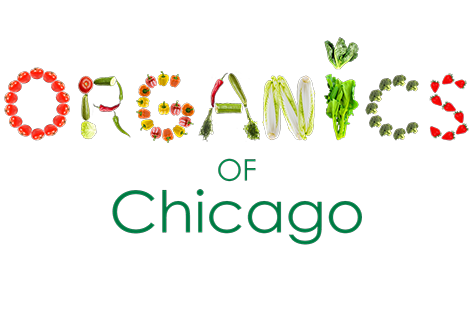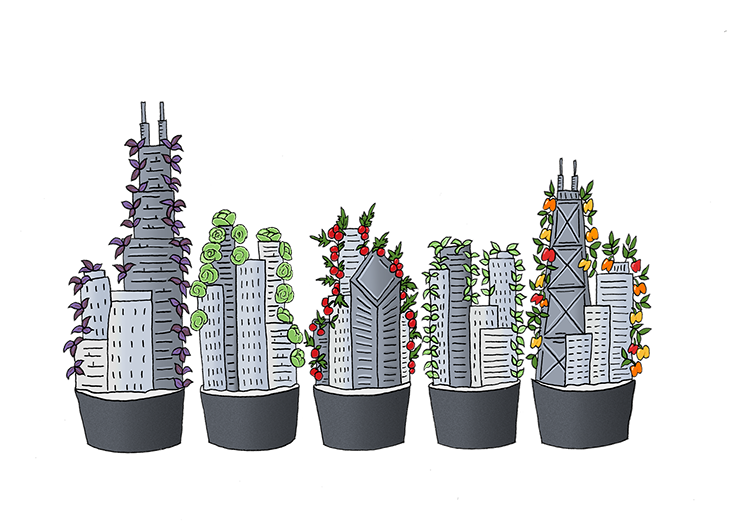

WHY CHICAGO
"I want Chicago to be the greenest city in the world, and I am committed to fostering opportunities for
Chicagoans to make sustainability a part of their lives and their experience in the city."
-- Mayor Emanuel
Chicago, Illinois is the third most populous city in the U.S. and is home to over 3 million residents. The Chicago area ranks as the 27th most populous metropolitan area in the world, with an estimated 9.7 million people.
Illinois is second among states in agricultural exports; however, most Illinois farmland does not produce crops sold directly for human consumption and one in ten Illinois households is food insecure. In response to these issues, the Illinois legislature passed the Illinois Food, Farms, and Jobs Act of 2007, which created a Local and Organic Food and Farm Task Force. The Task Force promulgated policy and funding recommendations for expanding and supporting a statewide local food system, and these recommendations were implemented by the 2009 Local Food, Farms, and Jobs Act. The 2009 Act created the “Local Food Council,” a non-profit corporation that facilitates growth of an Illinois-based local farm and food product economy.
Chicago has exemplified the statewide dedication to local agriculture goals. Through urban agriculture programs, the city has been able to address two difficult sustainability issues: increasing access to fresh local food and reducing summer cooling costs. More than 600,000 of Chicago’s residents live in “food deserts,” or areas with little access to fresh fruits, vegetables, and meat. The city also suffers from an “urban heat island” effect, causing it to be 6-10 degrees Fahrenheit hotter than surrounding rural areas. To combat these problems, Chicago residents have constructed 600 green roofs, which help bring fresh produce to food deserts and decrease heat in urban areas. Recognizing that green roofs are excellent sites for urban garden development, Chicago has published a “Guide to Rooftop Gardening” to encourage continued development of rooftop gardens.
Chicago residents have formed policy organizations to support community groups. One such organization, the Advocates for Urban Agriculture (“AUA”), works with community members and city leaders to promote city policies that increase access to healthy food in urban neighborhoods. Many other grassroots organizations, such as the Chicago Food Policy Advisory Council (“CFPAC”), also work with the city to enhance urban agriculture opportunities in Chicago.
In response to the growing community support of urban agriculture, Chicago worked with advocates from community groups like AUA and CFPAC to study the food system in Chicago. In 2004, the city sponsored a working group that produced the “Eat Local Live Healthy” plan to enhance public health and create food-related economic opportunities by increasing the availability of fresh, local food.
In 2009, Chicago’s Department of Zoning and Planning worked with CFPAC to develop a Food Systems Report which provided an outline of food systems needed in Chicago. CFPAC also worked with the city’s Metropolitan Agency for Planning to adopt a regional plan called “GO TO 2040.” GO TO 2040 recommends that local governments surrounding the Chicago area simplify zoning codes in an effort to incentivize the conversion of vacant lots and rooftops to agricultural use. In response, these comprehensive efforts, amendments to Chicago’s zoning code have been proposed and are awaiting hearing before the city council.



